Description
Three variations of swivel ring to choose from made locally by my close friend and Master Craftsman Steve Siptrott.
These are hand made and available in Brass and Steel that has been blued to a black finish. Finial is 5/16 inches diameter 7/16″ high, the ring is 3/4″ in diameter and the screw goes into the base plug about 5/8″ deep, solid brass with a brass swiveling ring and screw. To help you set the finial the screws have been set with lock tight.
Modern screw-cutting lathes (late 18th to early 19th centuries)
The first truly modern screw-cutting lathe was likely constructed by Jesse Ramsden in 1775. His device included a lead screw, slide rest, and change gear mechanism.
For those wondering about turned parts here is some interesting information relative to the original lathe picture posted with this item:
This lathe (ca. 1800) is said to be the first workshop machine on which English engineer, Henry Maudslay (1771-1831) combined a lead-screw and change wheels for reproducing screw threads. The bed consists of two triangular bars which carry the headstock, tailstock and slide-rest. The lead-screw is situated between the bars and was geared to the lathe spindle by change wheels (now mising). Before Maudslay’s invention, screws were crudely made by hand. Maudslay went on to produce tools for the production of both ordinary and specialist screws for all types of machines.
Machining is the process by which a piece of raw material is cut and shaped into the desired form. Most machine tools rely on subtractive machining, removing material by cutting or grinding. Machine tools, of various kinds, have been in use for centuries or even longer.
The metal lathe is one such machine. Evidence for the earliest lathes comes from Egypt, where metal-spinning involved two people and a rope-wound spindle. Only pictorial evidence survives, leaving a lot of speculation as to how the earliest lathes worked.
Henry Hindley designed and constructed a screw-cutting lathe circa 1739. It featured a plate guiding the tool and power supplied by a hand-cranked series of gears. By changing the gears, he could cut screws with different pitch. Removing a gear permitted him to make left-handed threads.




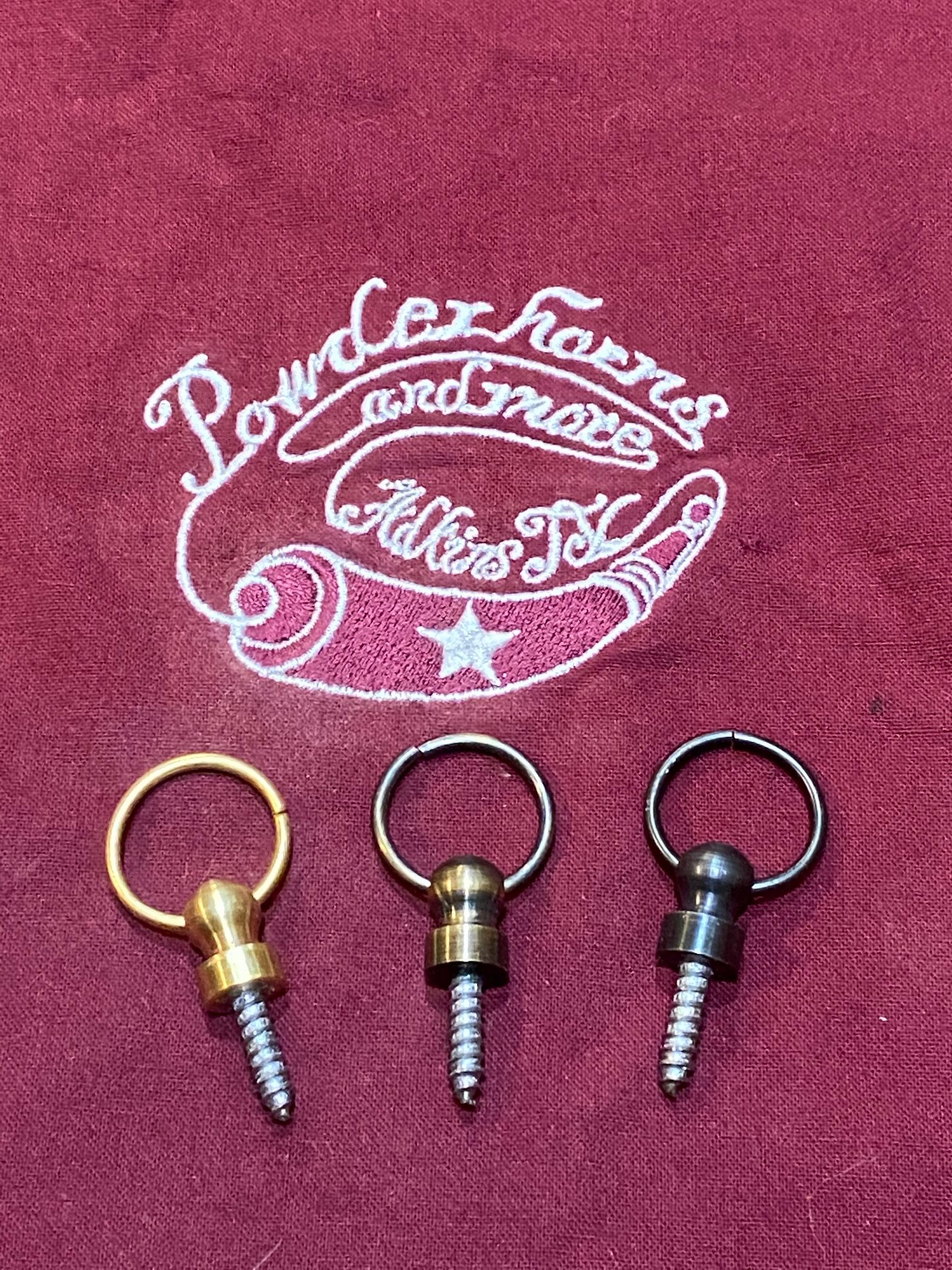
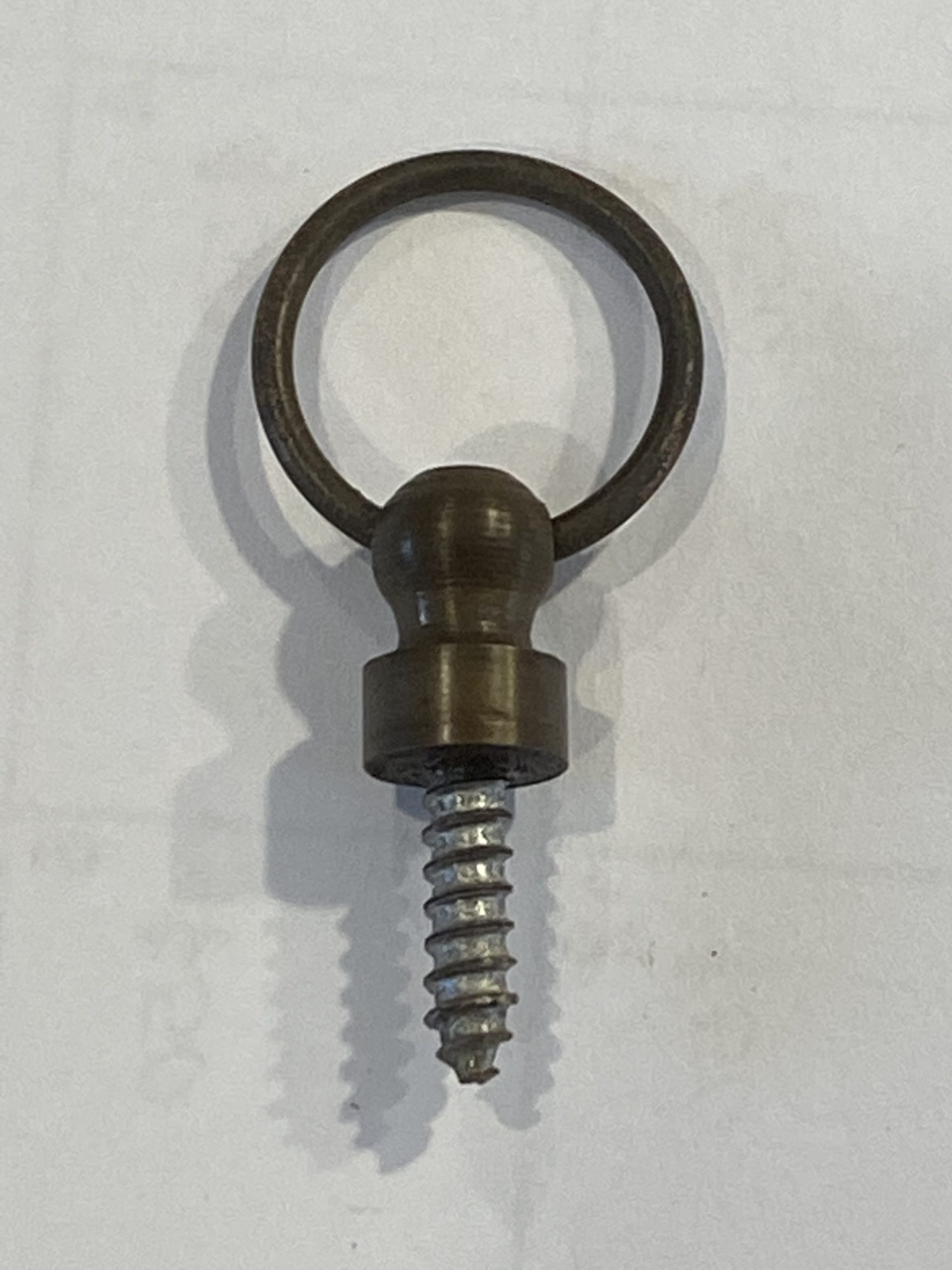
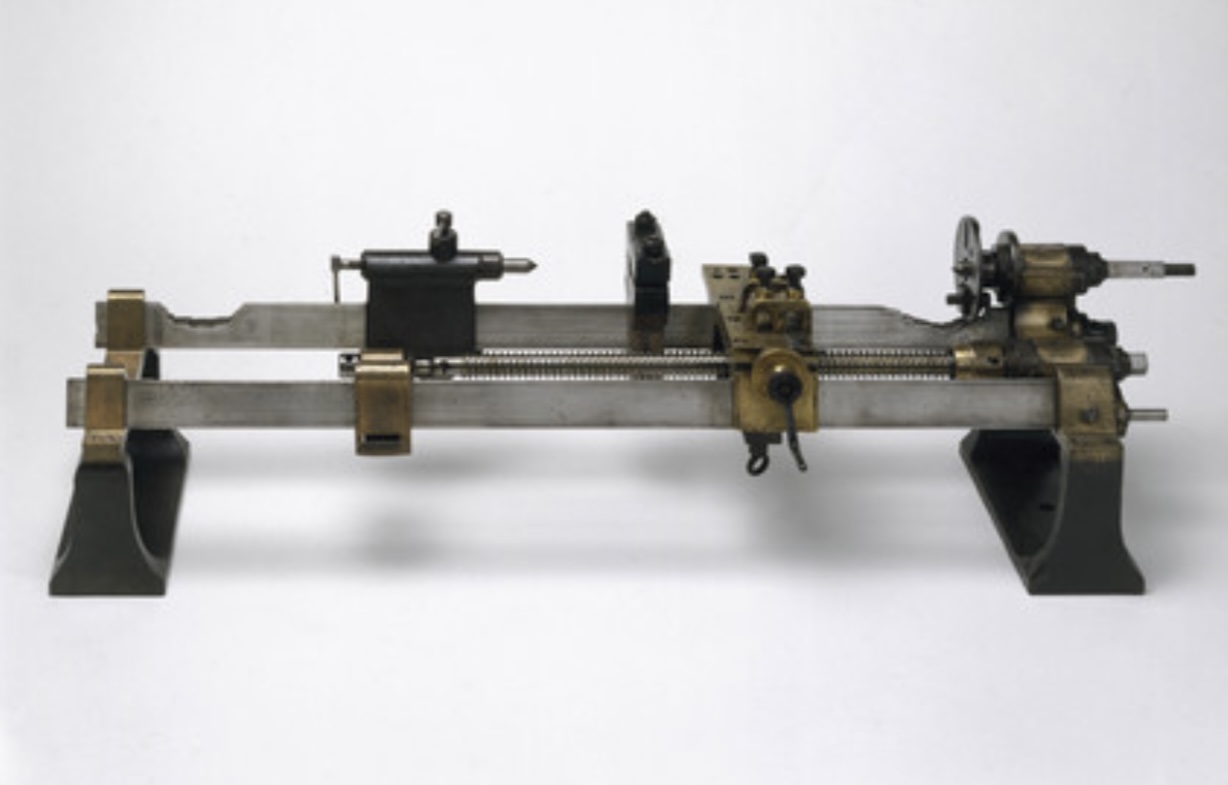
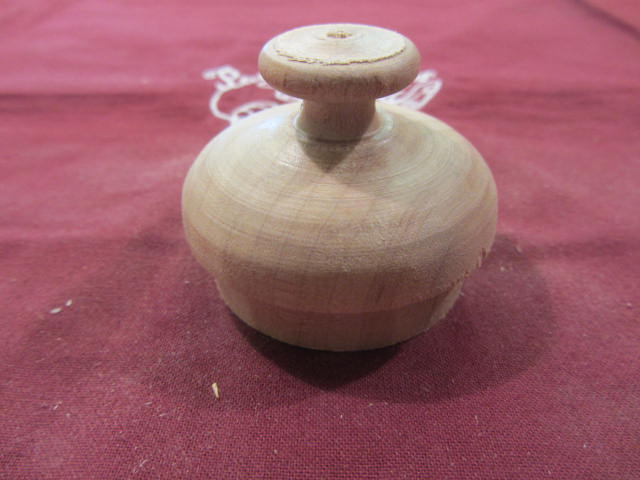
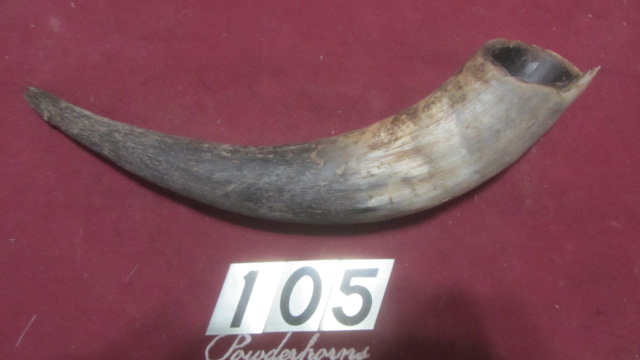
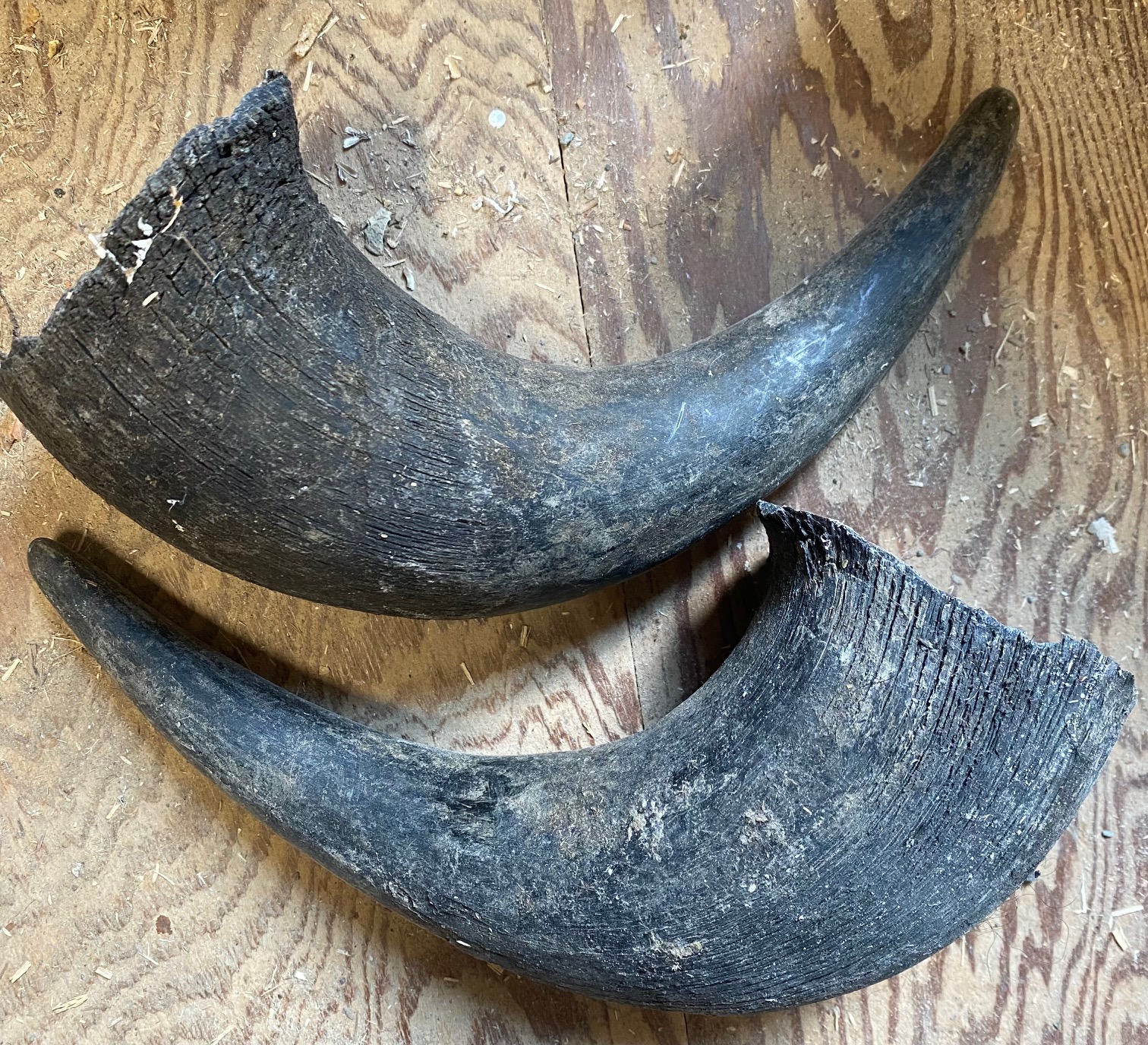
Reviews
There are no reviews yet.